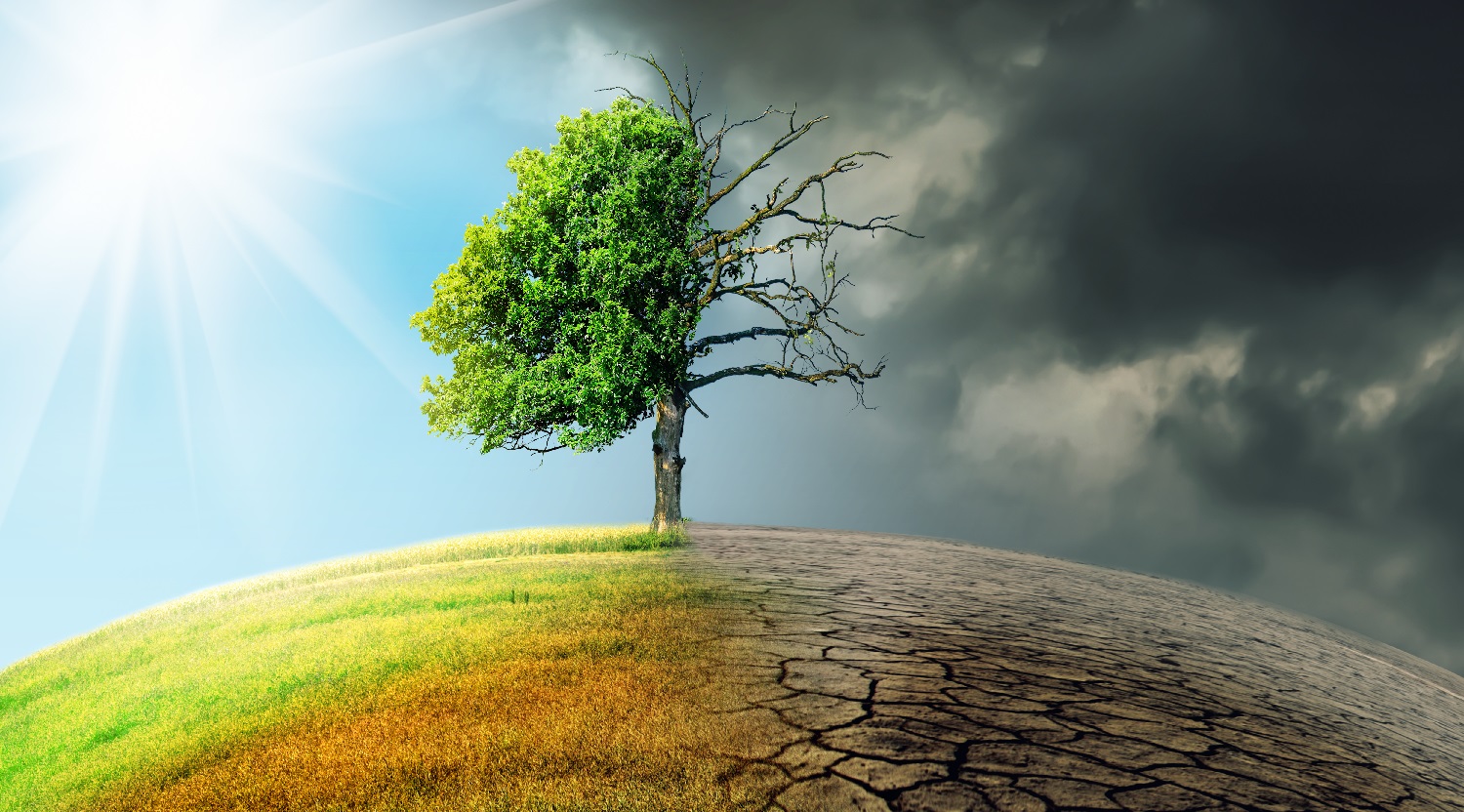Expert interview: Is your compressed air system ready for climate change?
Hardly a week goes by without the media reporting on the effects of climate change. Sometimes it is heavy rainfall that causes flooding, sometimes it is the clearly visible Saharan dust that affects cars or the scientifically proven melting of glaciers and polar ice caps. To what extent do these observations and phenomena affect compressed air generation and treatment? Is there anything that needs to be taken into account here? Christina Büttner from the editorial team talks to Oliver Kiehn, Key Account Manager North, and Wolfgang Dames, Sales Manager DACH Region North/West, about precisely this topic.



